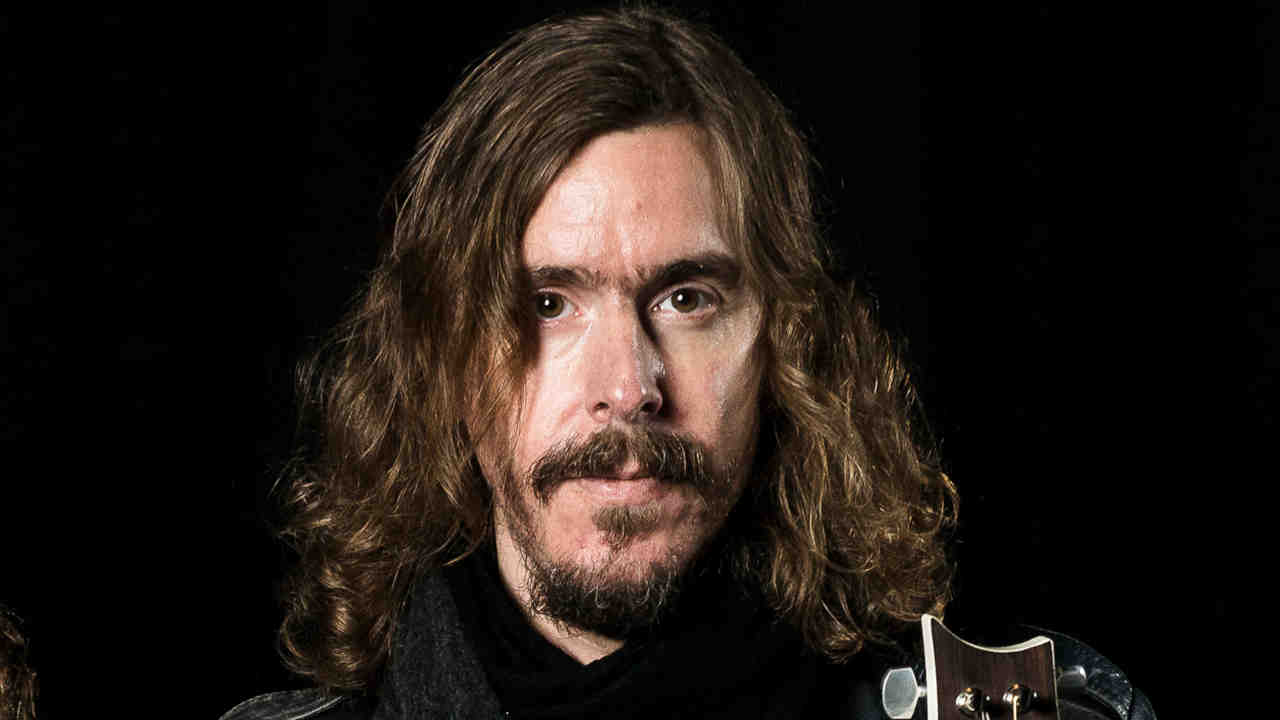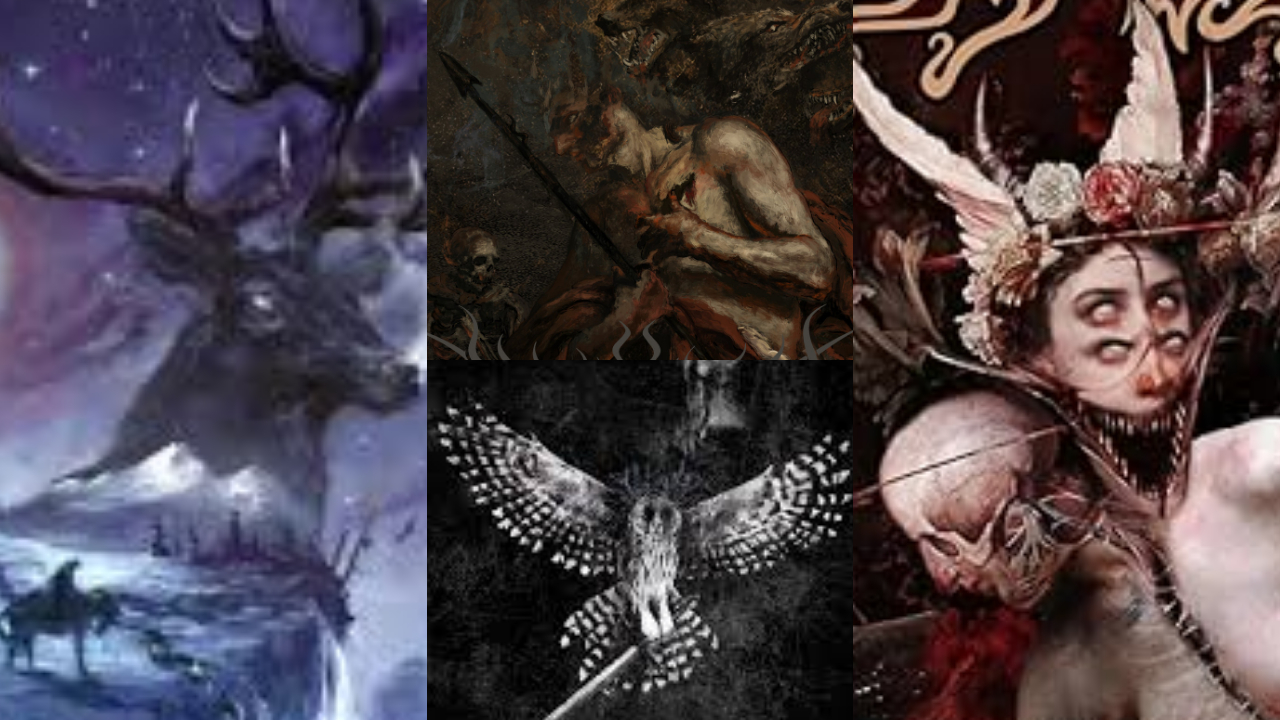“It had a 13-minute spoken-word black mass on the B-side”: The mysterious late 60s album that Opeth’s Mikael Akerfeldt says invented Satanic rock
Six months before Black Sabbath released their landmark debut album, another band were praising Satan

The pouring rain, howling wind and ominous sound of thunder. The tolling bell and that doomy, oppressive riff. Ozzy Osbourne’s stark, terrified howl: “What is this that stands before me?” Few songs are as memorable as Black Sabbath’s Black Sabbath, the track which opened their landmark 1970 debut album.
That song, and the album from which it was taken, are rightly credited as helping lay the foundations for heavy metal – not just sonically but aesthetically too. Sabbath were bleaker and more malevolent than anything that had come before them. With their creepy, horror-movie atmospherics and references to Satan, these four working class kids from Birmingham were seemingly playing with dark forces. Metal wasn’t even in its infancy, but its obsession with the occult was already in place.
But were Black Sabbath really the first band to marry rock and the occult? Not according to Mikael Åkerfeldt, frontman wiuth Swedish prog metallers Opeth and noted connoisseur of obscure music.
Speaking to Metal Hammer in 2019, Åkerfeldt pointed to another album danced with the devil several months before Black Sabbath’s debut album came out. Formed in Chicago in 1966 and fronted by teenage singer Jinx Dawson, Coven wore their fascination with the occult on their sleeves.
The band’s debut album, the vividly titled Witchcraft Destroys Minds & Reaps Souls, was a slab of psychedelia-influenced 60s rock released in June 1969, six months before Black Sabbath was unleashed on the world. If songs such as Coven In Charing Cross and Pact With Lucifer didn’t make the band’s occult leanings clear, the self-explanatory, 13-minute Satanic Mass did. In a truly weird coincidence, the opening song on Coven’s album was titled Black Sabbath, while the band’s bassist was named Oz Osbourne.
For Akerfeldt, it’s Witchcraft Destroys Minds & Reaps Souls that is the ground zero of occult rock, not their more famous British counterparts’ debut.
“This was the first album of its kind,”’ Åkerfeldt told Metal Hammer. “I can’t think of any other band like them from that time. The whole Satanic thing was, of course, pioneering. Black Sabbath only really had one song on the topic of the occult. Coven had a 13-minute spoken-word black mass on the B-side of their album.
Sign up below to get the latest from Metal Hammer, plus exclusive special offers, direct to your inbox!
“There’s some great songs on there, like White Witch Of Rose Hall. And the lyrics are intriguing. They’re like brief horror novels. Musically, it had more of an affinity with the West Coast bands like Jefferson Airplane than Sabbath. It had a strong hippie vibe with some quite unpleasant lyrics with not so much of a hippie vibe. The vocal delivery by Jinx Dawson is second to none, and there’s some super-nice vocal harmonies on there.”
While Witchcraft Destroys Minds & Reaps Souls didn’t sound out of place in the post-Summer Of Love landscape, lyrically it was far too ahead of its time – its chants of “Hail Satan!” were too much for hippie-era America. Coven themselves released two more albums, 1971’s Coven and 1974’s Blood On The Snow, but it’s their debut that remains a cult classic.
“It’s an odd record all in all,” said Åkerfeldt. “Most odd records need some time to mature until people realise it’s a potential landmark. They probably made a bit of an impact in the middle of the Vietnam protest song scene and the generic hippie stuff about getting high and making love. And it’s refreshing still to this day. Why is it such a landmark? The short answer would probably be: Satan and Jinx Dawson.”
Founded in 1983, Metal Hammer is the global home of all things heavy. We have breaking news, exclusive interviews with the biggest bands and names in metal, rock, hardcore, grunge and beyond, expert reviews of the lastest releases and unrivalled insider access to metal's most exciting new scenes and movements. No matter what you're into – be it heavy metal, punk, hardcore, grunge, alternative, goth, industrial, djent or the stuff so bizarre it defies classification – you'll find it all here, backed by the best writers in our game.

